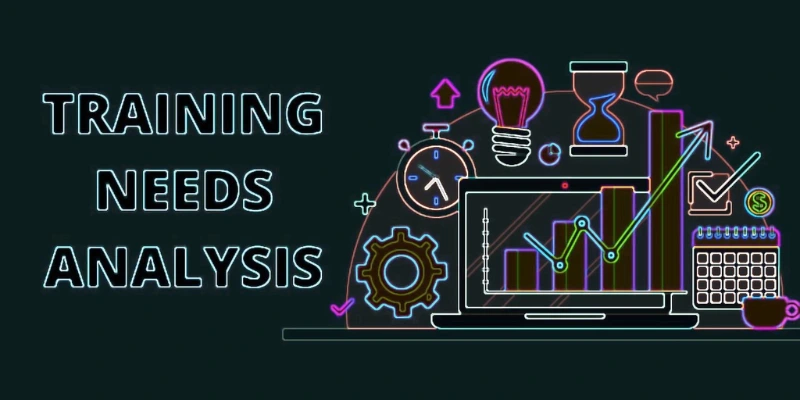In today’s fast-paced business world, ensuring your workforce is equipped with the right skills has never been more critical. Whether it’s onboarding new hires or upskilling existing employees, corporate learning needs to be precise and impactful. And that’s where an effective training needs analysis comes in. Organizations offering Corporate Training in Chennai are increasingly adopting structured approaches to identify the gaps in skills and knowledge within their teams. So, how can you conduct a training needs analysis that actually delivers results? Let’s break it down.
What Is a Training Needs Analysis?
A training needs analysis (TNA) is a process used to identify what training is necessary for employees to perform their jobs efficiently. It helps companies align learning initiatives with business goals, and more importantly, it ensures that the training is relevant to the actual needs of training.
This systematic evaluation looks at current performance, expected performance, and the gaps in between. Conducting a proper training need analysis process helps organizations avoid generic programs and instead deliver training tailored to specific roles, departments, or teams.
Steps in the Training Needs Analysis Process
A well-executed training needs analysis process involves a few key steps:
- Identify Organizational Goals: Start by understanding the company’s short and long-term objectives.
- Evaluate Current Competencies: Assess the current skills and knowledge of employees.
- Determine the Gap: Identify where the performance is lacking and how training can bridge that gap.
- Define Learning Objectives: Set clear and measurable outcomes for the training.
- Select the Right Methodology: Choose delivery formats based on learner profiles – for instance, Microlearning enhance Corporate Training for quick learning.
- Measure and Evaluate: Post-training evaluations are vital to measure effectiveness and adjust strategies.
Why Is Training Needs Analysis Important?
It prevents wasted resources on irrelevant or ineffective programs. When done right, a training needs analysis boosts productivity, morale, and job satisfaction. For instance, if your team needs to learn about cloud technologies, directing them toward Windows Azure Training in Chennai instead of a broad IT course makes learning efficient and aligned with company goals.
Moreover, incorporating niche topics like Cyber Security training impact Corporate culture as part of a needs analysis ensures you’re not just training for technical skills but also reinforcing a secure, ethical, and responsible workplace.
Tips to Make Your Training Needs Analysis Effective
- Get Management Buy-In: Engage leaders early in the process for smoother implementation.
- Use Multiple Data Sources: Surveys, interviews, performance appraisals, and focus groups all provide valuable insights.
- Segment Your Audience: Different roles require different training. Personalizing content ensures relevance.
- Focus on Business Impact: Link each training recommendation to a business outcome.
- Make Corporate Training More Interactive: Use tools like simulations, real-life scenarios, and gamification to keep employees engaged.
Tools That Can Help
There are several tools and platforms to assist in conducting an effective training need analysis. Learning Management Systems (LMS), 360-degree feedback systems, skill gap analysis software, and even Excel spreadsheets can provide structured ways to collect and analyze data.
Some Training Institute in Chennai also offer consulting services where experts help companies analyze their workforce development needs and tailor programs accordingly.
Beyond the Basics: The Evolving Nature of Training Needs
In the digital age, training needs analysis is not a one-time event. It should be an ongoing process, evolving with the changes in technology, market demands, and workforce expectations.
As newer topics emerge, such as AI integration or blockchain technologies, organizations must remain agile. Microlearning continues to be a game-changer. It allows learners to digest content in bite-sized formats, which significantly improves retention and keeps training relevant.
An effective training needs analysis isn’t just about checking boxes; it’s about aligning your people with your business goals in a way that’s meaningful and measurable. With the right strategy, tools, and mindset, organizations can identify the needs of training and deliver programs that truly make a difference.
Also Read: How Does Data Science Influence Business Strategies?

